

When your business is stuck in a rut, meager measures won’t do the trick. It’s time to shake things up and re-examine the “old ways” to keep moving forward.
Enter business process reengineering (BPR)—a powerful approach that can revolutionize your team’s operations and take your business to new heights. Although challenging and often met with resistance, it’s a must-do for every company that wants to stay relevant and competitive.
In this guide, we’ll cover all the basics of a BPR and provide tips for its successful planning and implementation. Keep scrolling to learn more and achieve dramatic improvements!✨
- What Is Business Process Reengineering?
- Why Is Business Process Reengineering Important?
- Business Process Reengineering vs. Business Process Improvement
- Business Process Reengineering vs. Business Process Management
- When To Implement a BPR Strategy?
- The Four Steps of Business Process Reengineering
- Business Process Reengineering Examples
- Common Business Process Reengineering Challenges + Solutions
What Is Business Process Reengineering?
Business process reengineering is the fundamental redesign of workflows and business processes within an organization. BPR aims to streamline operations, improve outcomes, cut costs, and drive growth in business processes.
The concept was crafted by Michael Hammer, a computer science professor at MIT. In 1990, he famously wrote an article for Harvard Business Review titled “Reengineering Work: Don’t Automate, Obliterate.”
Hammer criticized managers for using technology to automate inherently inefficient work. Instead, he suggested rethinking their business processes and removing those that don’t add value.
The article prompted a trend that many companies were quick to adopt. By 1993, 60% of Fortune 500 companies claimed they’d started implementing reengineering business processes or planned to do so.
Why Is Business Process Reengineering Important?
To run a successful business, you must adapt to ongoing changes, keep up with the latest trends, and always strive to improve. ⬆️
Processes that worked for you in the past can become outdated or hindered by internal or external developments. Tweaking a step or two in your current processes might do the trick in some cases, but there are times when you must go all in and make some radical changes to get back on track. 🛤️
Reinventing your existing processes comes with many advantages, such as:
- Increased productivity
- Faster and higher-quality output
- Removal of redundant, inefficient, or repetitive steps
- Production cost reduction
- Employee and customer satisfaction
- Growth in business operations
Business process reengineering is no easy feat. It requires investing a lot of time, money, and effort. Even then, nobody can guarantee the success of the new strategies in your new business processes.
Still, the potential long-term benefits of BPR far outweigh the associated costs and potential risks.
Business Process Reengineering vs. Business Process Improvement
Business Process Improvement (BPI) and BPR have the same goal—to better your business processes and enable success in the long run. They aim to do so using different approaches, though.
Process improvement is about identifying bottlenecks and tweaking the procedures as you go. You may change a few rules, steps, or tools, but the core business processes remain the same.
Process reengineering entails considering new perspectives, breaking conventions, and second-guessing each gear of your current processes and overall business engine. It implies the reconstruction of the business process from the ground up. In many cases, that involves business process automation.

Here’s an example. You’re running a small fast-food delivery service. You notice that your waiting times are rising as the demand increases and that you’re losing customers. The manual order management system that once worked for you is now starting to crumble—and customer satisfaction is trending downward.
BPI would likely suggest hiring new staff or temporarily transferring employees from different departments to handle orders when needed. BPR would entail implementing a new electronic delivery management system that requires little human intervention.
The former solution is like sweeping dust under the rug, while the latter prevents dust from accumulating in the first place. 🧹
Business Process Reengineering vs. Business Process Management
Process management is the broader concept of the two. It’s the act of governing process elements and activities to ensure everything runs smoothly. While BPR is an occasional occurrence, BPM happens non-stop.
BPM and BPR have some similar elements. Both require you to examine your existing processes and identify and fix problems. The goal is also the same—improving product or service quality.
When To Implement a BPR Strategy?
Ideally, you should carry out a BPR strategy sooner rather than later. That way, it’ll be easier to set the stage for all future work and scaling efforts. The larger your business, the more expensive, difficult, and time-consuming it will be to reengineer its processes.
In reality, BPR usually comes up as a topic when the company is stagnating or performing poorly, with BPI efforts failing. In such cases, the right time to implement a BPR strategy is now.
If you’ve missed the ideal window of opportunity, don’t despair. You can make profound changes to a business process at any point you see fit. It will require more work and meticulous planning, but it can result in success. As mentioned, the long-term benefits make it worthwhile.
The Four Steps of Business Process Reengineering
What the BPR process looks like varies on a case-by-case basis. It generally entails four steps, which we’ll outline in the following section.
Note that an efficient project management tool like ClickUp can make your job easier. Besides centralizing your data, it offers various features for effective project planning and execution. Instead of juggling multiple apps, you can run complex operations such as BPR from a single platform.
Save time by using the pre-built ClickUp Business Process Reengineering Project Plan Template. It comes pre-loaded with custom columns and viewing modes, i.e., “views” designed to help you tackle BPR with confidence.
It’s also free of charge! Now, let’s get back to the four essential business process steps.
Step 1: Preparation and research
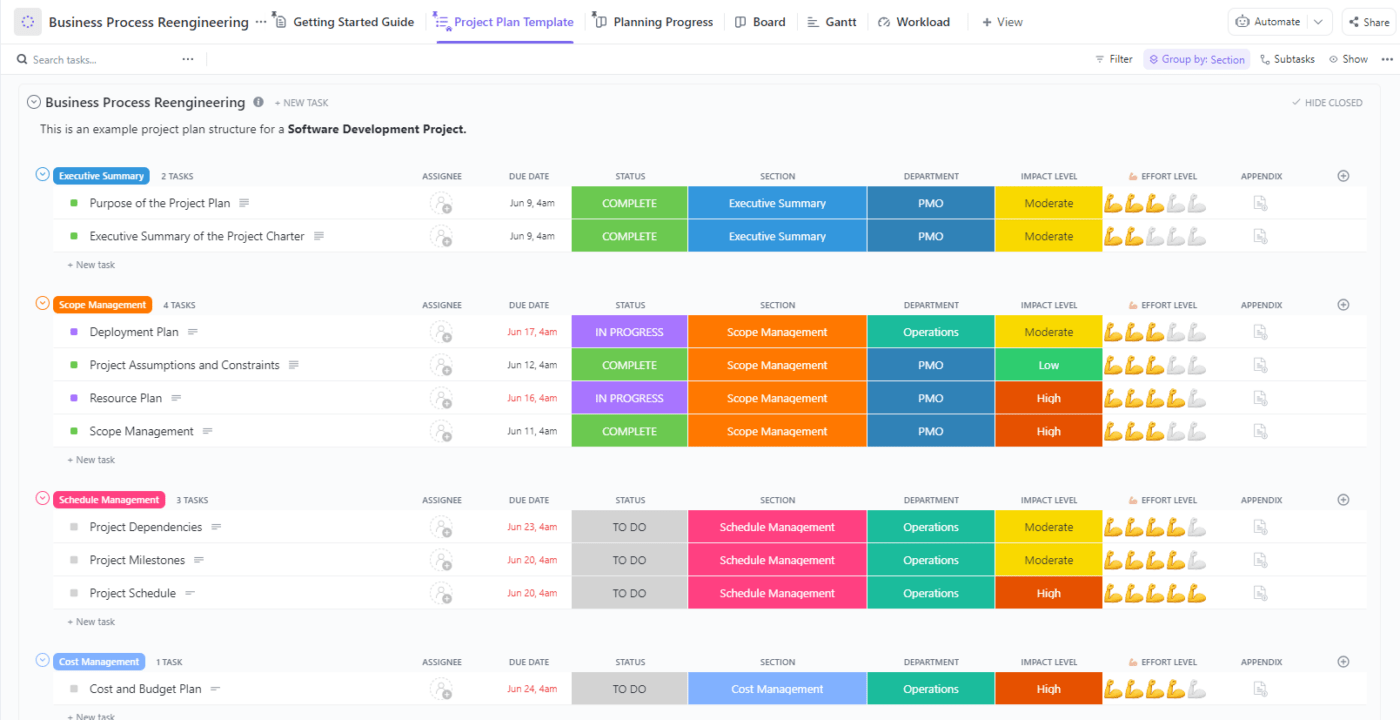
An undertaking as complex as BPR requires all hands on deck. 🤝
You should assemble a skilled and motivated team that will be in charge of the reengineering project. Your business process task force should include:
- External experts well-versed in BPR
- A senior manager who calls the shots in the team or organization
- An experienced employee who knows the ins and outs of the process
To figure out what’s lacking, you should investigate the process in-depth. Analyze activities, participants, tools, and methods used from start to finish. Ask your employees and customers to complete anonymous feedback surveys and use the ClickUp Business Process Reengineering Project Plan Template to get there even faster.
What’s causing the most problems
Look for steps that consistently cause delays, errors, and customer complaints. Make sure to also note steps that have proven beneficial.
Gathering input from multiple sides allows you to get the most realistic picture. Armed with this knowledge, you’ll find it easier to reconstruct the process and identify bottlenecks.

Collecting and handling data is a breeze with ClickUp. Use ClickUp Forms to create effective feedback surveys, choosing between over 10 field types. Manage your BPR team in List or Board view. Add their contact details or any other relevant info in the columns.
Assign tasks or subtasks and create dependencies for a more efficient workflow. ✔️
Step 2: Process mapping
Now that you know which parts of the process work and which don’t, it’s time to redesign it.
Step-by-step, craft the new workflow using process mapping. You may find that visualization helps you better understand complex processes and how specific activities affect one another.
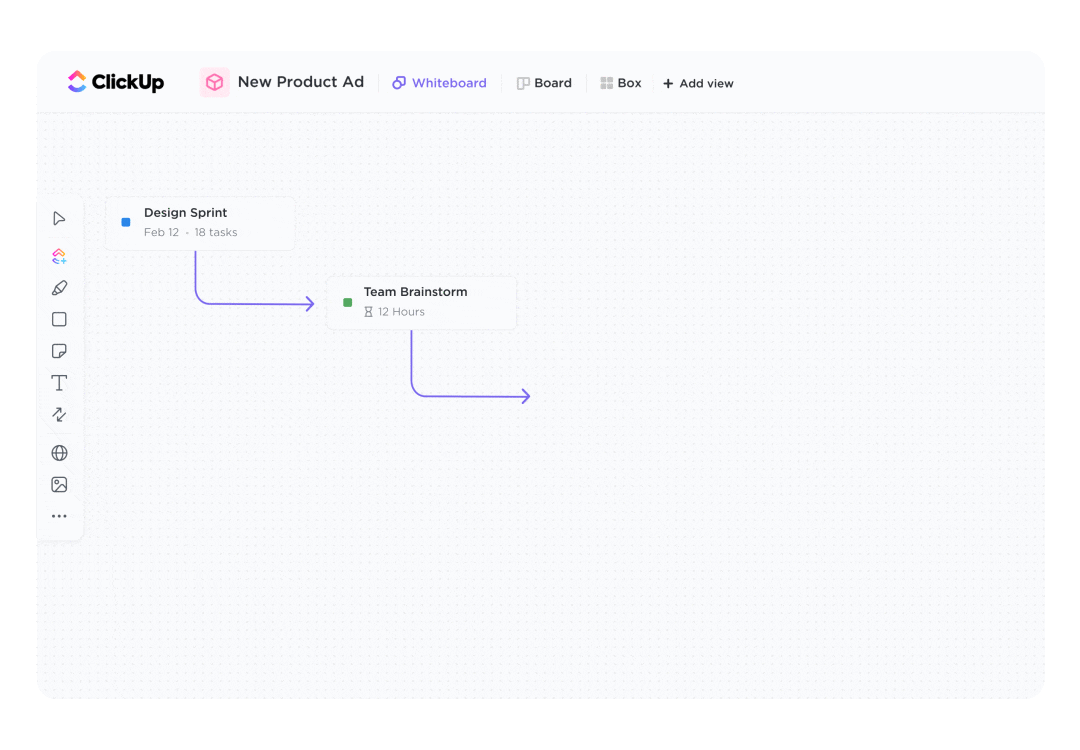
With ClickUp’s Whiteboard you can create captivating process maps and flowcharts to illustrate the steps involved in your BPR strategy.
Use different shapes to indicate the type of activity. For example, diamond shapes typically indicate decision steps. Add arrows to specify the direction and task dependencies. Besides shapes and arrows, feel free to add images, videos, website cards, docs, or doodles to get your point across.
Once you visualize the entire process, define the start and finish of your BPR efforts and add the in-between steps. You can turn nodes into interactive tasks, unlocking additional features like checklists, comments, and time tracking.
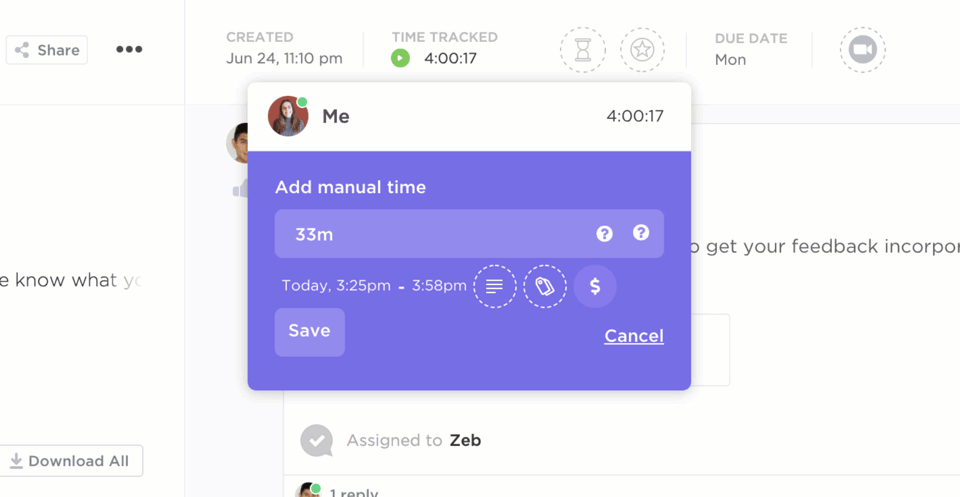
You can even specify the person or department responsible by adding rectangles to the background for each and sorting the tasks along the vertical axis based on who needs to complete them.
Whiteboards also facilitate collaboration with your BPR expert team. You can work on the process map together in real-time and share ideas via notes. 💡
Step 3: Planning and task management
The next step is to define the project scope, i.e., devise an implementation strategy to bring your process map to life. Firstly, set your end goal and explain how it aligns with the company’s objectives.
Next, list all the necessary steps to make BPR happen. Consider whether you need to hire new people, train current employees, purchase new equipment, or upgrade the existing one.
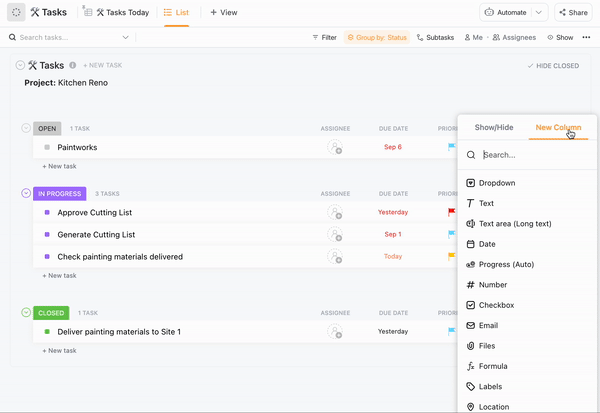
Be as specific as possible to avoid misunderstandings. Don’t forget to calculate the costs to allow for accurate budget allocation.
In the end, determine the measurements of success. Doing so will allow you to see exactly how much the workflow has improved with the reengineering process.
As you’ve already established the BPR goals and the shortcomings of the existing process, defining KPIs should be effortless. It’s also a good idea to have a contingency plan in case plan A doesn’t work out.
You can do all of this within ClickUp Docs. From advanced formatting features to version control, ClickUp has everything you need to create practical and visually appealing documents.

Finalize your plans by listing and assigning all the tasks and subtasks in ClickUp. Add attachments, checklists, and crucial info to help assignees complete their duties.
Use the Workload view to assess individual capacity and availability. View and manage the schedule and milestones in Gantt or Timeline view. ⏱️
Step 4: Implementation
Once you’re ready, start executing the process reengineering plan at a small scale. Document and audit all activities and assess progress after each milestone. At the same time, establish robust project controls to ensure cost and schedule adherence.
If the KPIs you chose don’t show a significant improvement compared to the baseline, go back to the planning stage and reassess, then try again. If the results favor the new process, gradually apply it on a larger scale.
After the fact, measure and collect feedback from stakeholders.
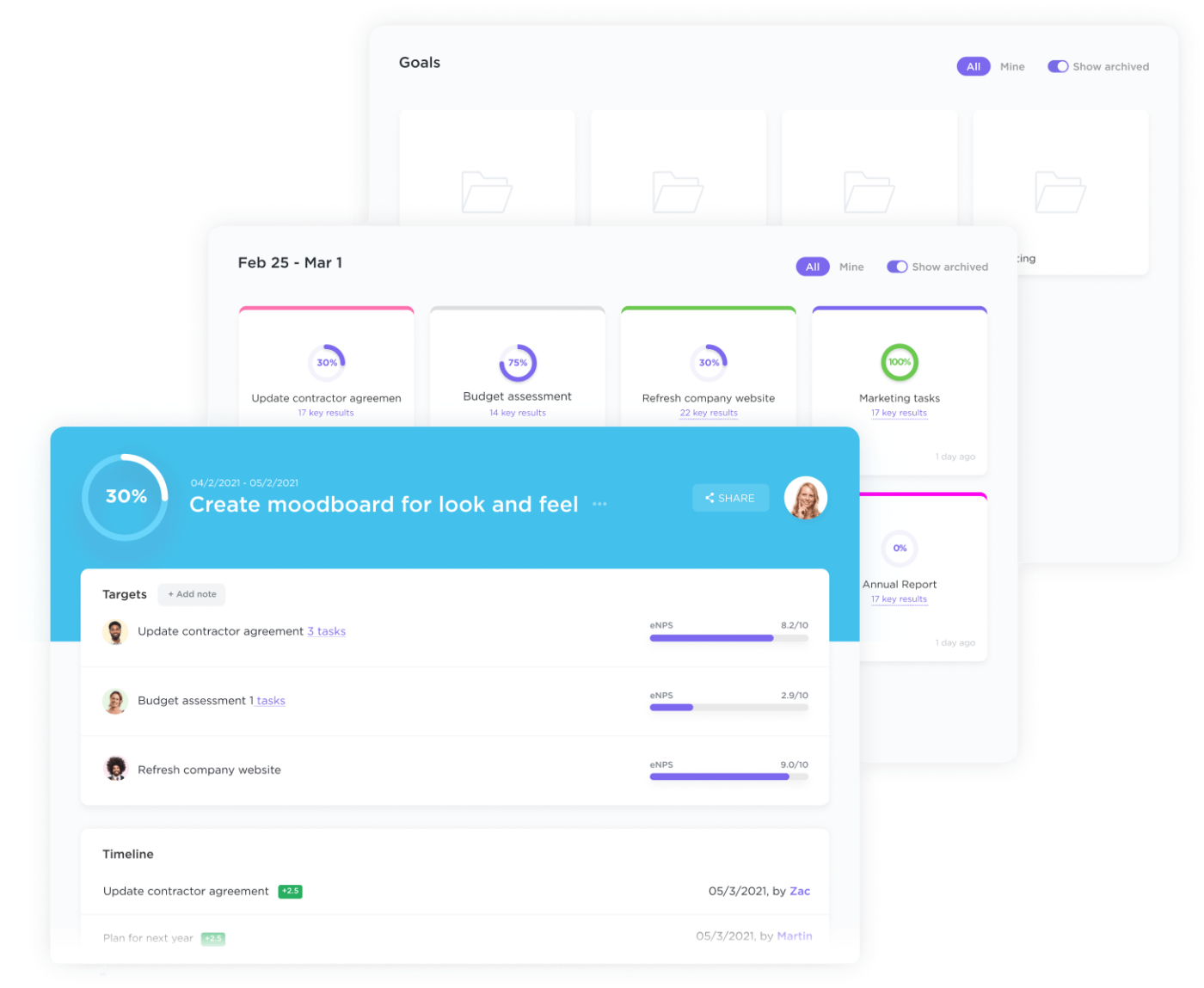
In ClickUp, you can set trackable goals and automatically measure progress as you go. The platform offers many other automation opportunities, built-in as well as custom.
You can collaborate with your team in ClickUp at every step of the reengineering process. Discuss matters in task comments or Chat view. Edit docs and other files, view changes in real-time, and receive notifications for them.
Your employees can also track time within the app, making compensation procedures easier. 💸
Business Process Reengineering Examples
One of the most effective ways to learn is by example, so let’s explore two famous BPR success stories!
T-Mobile: Telecommunications
The problem: Up until 2015, T-Mobile’s phone customer support consisted of first-response agents and multiple departments specializing in different types of problems. Because of that, troubleshooting typically entailed multiple call transfers. The process took a lot of time and led to frustrated customers.
The solution: After analyzing the process, T-mobile realized that the most efficient solution would be to train their customer support agents to handle all calls from start to finish. The company assembled cross-functional teams of experts to conduct the rep training. T-mobile also changed its agent evaluation practices, switching to an individual and team performance-based model.
The result: The number of calls per account was reduced by 21%, and the per-call costs dropped. Customer retention was at an all-time high. The employee turnover rate plummeted. T-mobile achieved never-before-seen success.
Honeywell: Tech and engineering
The problem: In the 1990s, Honeywell aimed to decrease the number of defects in the construction process at one of its Arizona units. Investigation revealed that the two main issues were the need for more cooperation between teams and a lack of authority over decisions impacting their work.
The solution: Honeywell ceased all operations and created a new integrated production system with a complete quality control system. Employees underwent training. Multi-skilled teams were assembled and tasked with handling the production of products from start to finish. Like T-Mobile, the company introduced a quality and performance-based evaluation model.
The result: The process took three years, but the results speak for themselves. Honeywell saw a 70% decrease in defects, a 72% reduction in cycle time on parts, and many other accompanying benefits.
Common Business Process Reengineering Challenges + Solutions
Business process reengineering is typically a long and elaborate process, so it can entail many problems. We’ll address some of them below:
Lack of support
When a manager initiates change, they are often met with resistance from the higher-ups. Convincing them to embrace the idea can be tricky, even if the proposer is an expert in the process in question.
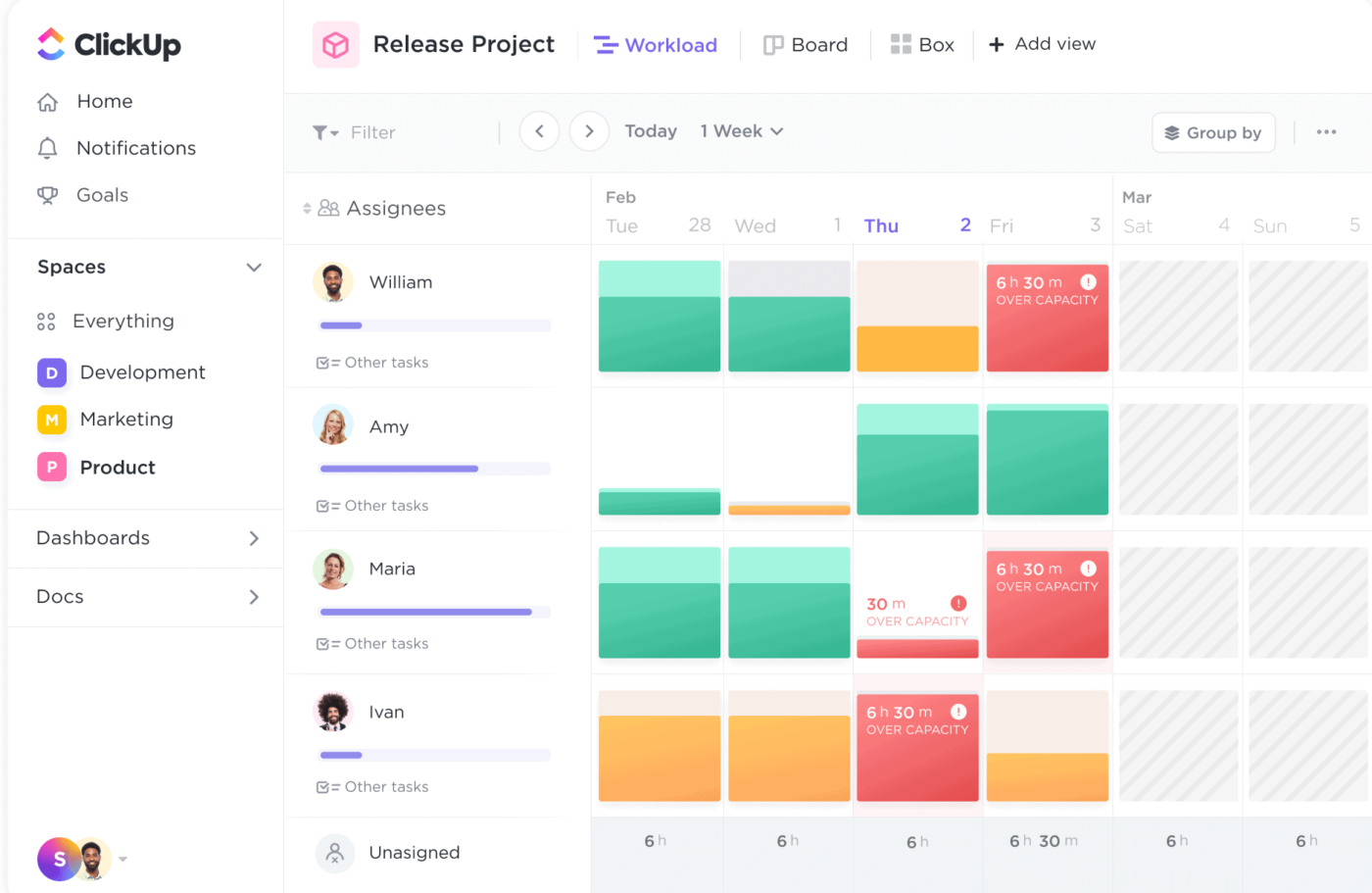
Also, receiving support from the superiors and owners is one thing, but getting the employees in the trenches to implement them is another kettle of fish. 🐟
Even if funds aren’t an issue, changing an existing and familiar model might be.
Potential solutions:
- Gather as much evidence as you can to prove that your company will benefit from BPR
- Offer incentives for participation
- Be patient and persistent
- Implement changes incrementally to make the transition smoother
Inadequate preparation
Many things can go wrong in the preparation stage.
For example, if the expert team is biased, they may push an agenda that’s not necessarily the best for the company. Too many people on the team can cause confusion, while not enough team members might be unable to keep up. Lack of knowledge or motivation can also be problematic.
Another common obstacle is improper cause analysis. Without understanding the real cause of inefficiencies in a process, you may be doomed to repeat them.
Potential solutions:
- Don’t rush the preparation process
- Assemble a multi-skilled team of professionals
- Gather feedback from multiple perspectives and encourage transparency
Resource constraints
Lack of resources is likely the most common BPR issue and can severely hinder its progress. Be it time, money, or workforce, some corners have to be cut to make the change happen.
That’s possible only if everyone’s on board and preparations are made well in advance.
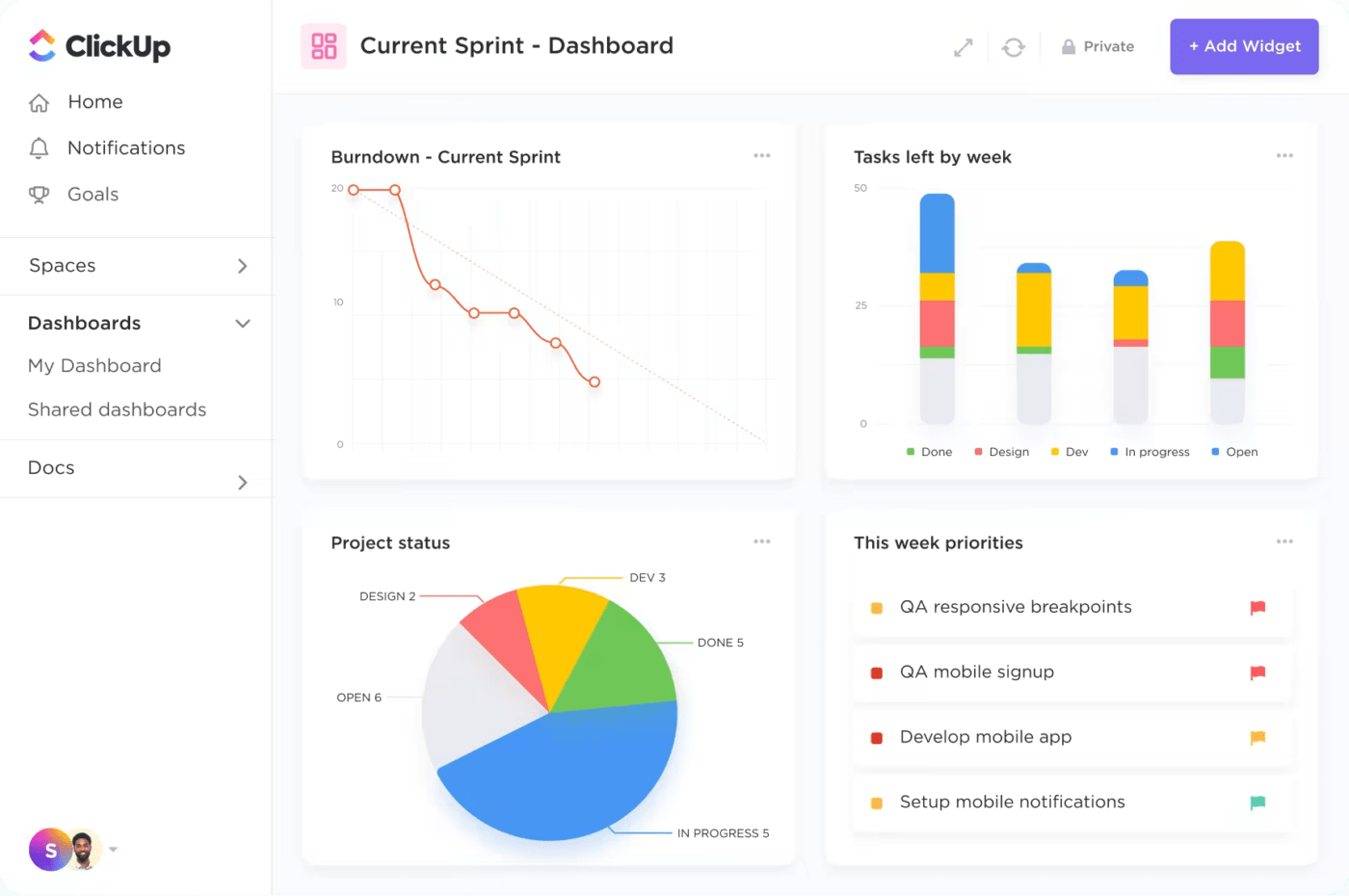
Potential solutions:
- Be clear about the amount of time and effort needed for BPR
- Focus on the benefits the new process should bring
- Start planning on time
- Improve your organization and time management skills
Irregular implementation
So, you’ve made it to the implementation stage. Hooray! 🎉
The coast is not clear yet. You still need to carry out the new process in a way that sticks. If you apply it inadequately and inconsistently, it won’t succeed.
Another point to note is that BPR is not a one-time event. It’s an ongoing in-depth improvement process. If you don’t measure the effectiveness of your business process re-engineering strategy, who’s to say it’s any better than the previous one?
KPIs could show that some parts of the new approach are sub-optimal and must be reassessed.
Potential solutions:
- Accept that work is not over once the new process is implemented
- Start small and implement changes bit-by-bit
- Test and measure all the time
- Oversee adaptation and provide extra support where needed
Break the Mold and Reach New Levels of Efficiency With BPR
By fundamentally redesigning workflows, you can streamline operations, reduce costs, and drive growth. Although challenging, the potential long-term benefits of BPR make it a worthwhile endeavor for any company looking to stay ahead in a dynamic business landscape.
Out with the old, in with the new! Give your organization a breath of fresh air by embracing business process reengineering. 🛫



